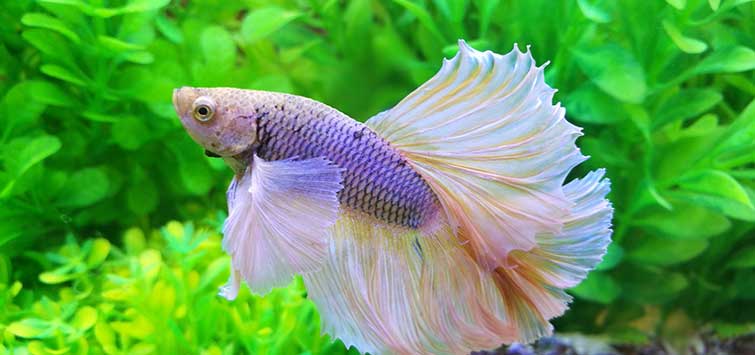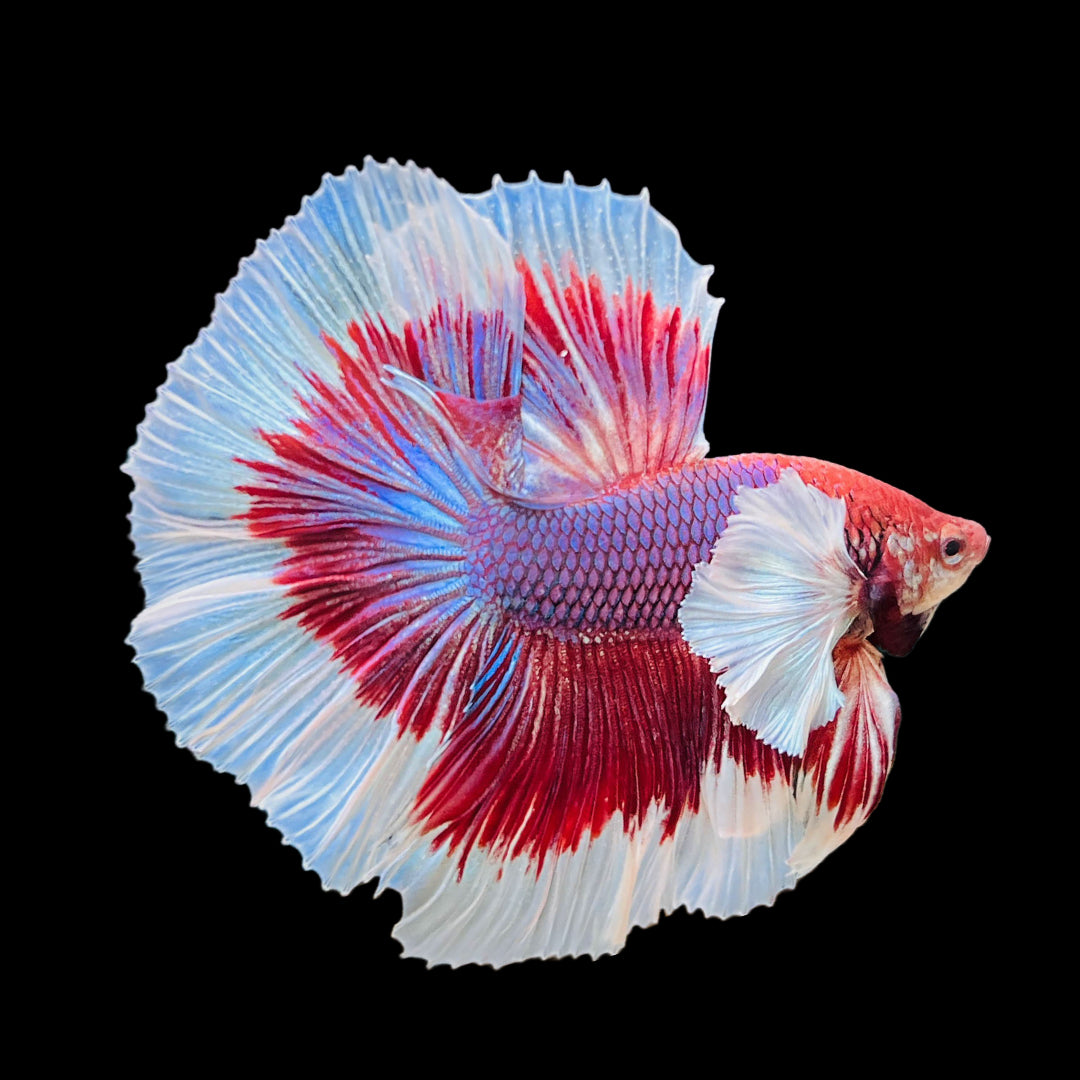Usual Betta Fish Conditions and Just How to stop Them
Usual Betta Fish Conditions and Just How to stop Them
Blog Article
Just How to Breed Betta Fish Efficiently: Specialist Techniques and Insights for Hobbyists Aiming To Broaden Their Betta Collection
Reproducing Betta fish needs a nuanced understanding of genetics and ecological conditions, making it crucial for hobbyists to approach the procedure with both persistance and treatment. Developing an optimal breeding environment, choosing the best sets, and observing the details of their courtship behaviors are foundational steps that can substantially influence the end result.
Understanding Betta Fish Genetics
Understanding the genes of Betta fish is vital for effective reproduction, as it affects characteristics such as shade, fin form, and actions. Betta fish show a varied selection of shades and patterns, greatly determined by their genetic make-up. The key genes in charge of pigmentation include the "B" gene for blue, "D" gene for red, and the "C" gene for color strength. Dog breeders can adjust these attributes by picking details moms and dad fish that exhibit desired characteristics.
Along with pigmentation, fin morphology is one more significant aspect of Betta genes (betta fish). The sizes and shape of fins are affected by numerous genetics, including those that determine whether the fins are brief, long, or veil-shaped. Comprehending these genetic variants assists dog breeders forecast the phenotypic results of their spawn
Additionally, behavioral traits such as aggressiveness and territoriality can additionally be influenced by genes. These habits play an important duty in the reproducing procedure, as they can impact spawning success and the general temperament of the resulting fry. By adequately understanding these hereditary principles, dog breeders can make informed choices, ultimately improving their reproduction programs and accomplishing preferable results.
Preparing the Reproduction Environment
Developing an optimum breeding atmosphere is vital for the effective reproduction of Betta fish. The very first action in preparing this environment is to choose an appropriate breeding container, ideally varying from 5 to 10 gallons. This dimension permits enough swimming space and the facility of regions. The tank must be equipped with a heating unit to keep a secure temperature between 78 ° F and 80 ° F, which is crucial for motivating generating habits.
Next, consider using a sponge filter or an air rock to offer mild water blood circulation without developing solid currents that can worry the fish. It is necessary to set up plants or reproducing cones to offer concealing areas and advertise convenience for the lady during the spawning process. Floating plants, such as Java moss or water sprite, can likewise develop a more all-natural environment while promoting bubble nest structure by the man.
Prior to presenting the reproducing sets, make sure the water is conditioned and without harmful chemicals, such as chlorine or heavy steels. betta fish. Regular water changes should be conducted to maintain optimal water quality, enhancing the opportunities of effective reproduction. With these preparations in position, the breeding setting will certainly sustain the wellness and wellness of both Betta fish
Picking Reproduction Pairs
Choosing the best breeding sets is critical for attaining effective Betta fish reproduction. When choosing your breeding sets, take into consideration a number of essential elements including wellness, character, and genetics. Healthy and balanced Betta fish display dynamic shades, clear eyes, and active actions. Selecting fish that are cost-free from condition makes certain a much better chance of generating feasible offspring.
Personality is one more important factor to consider, click resources as Betta fish are known for their aggressive nature. It is suggested to choose a man and female that show compatible personalities to reduce stress and anxiety during the reproducing process. A calm man can encourage a smoother courtship, while a lady that is as well hostile may interfere with the process.
Genetic history also plays a substantial role in the high quality of the spawn. Breeding fish that are genetically varied can lower the threat of hereditary health and wellness concerns and enhance the general vitality of the fry. It is advantageous to look into the family tree of both the male and woman, concentrating on preferable traits such as fin type, color scheme, and dimension.
The Reproduction Process
The breeding process of Betta fish calls for mindful planning and attention to detail to make sure an effective outcome. At first, it is crucial to prepare an appropriate reproduction tank, ideally a 5-10 gallon fish tank with a temperature maintained at 78-80 ° F. The tank needs to be equipped with a heater, filter (preferably sponge kind to prevent solid currents), and lots of water plants for the lady to conceal.
As soon as the setting is established, present the picked reproducing set to the container, allowing them to adapt. Observe their habits; the man will display fancy courtship routines, including flaring his fins and building a bubble nest. If the female shows rate of interest, she will certainly display vertical stripes indicating preparedness for spawning.
When the woman is receptive, the set will engage in a breeding embrace, throughout which the male fertilizes the eggs. Maintaining optimum water problems during this duration is vital for the development of healthy and balanced Betta fry.
Caring for Betta Fry

Feeding Betta fry is important, as they need a diet regimen high in healthy protein. They can be fed infusoria or liquid fry food, transitioning to finely crushed top notch pellets as they expand. Feed little sections multiple times a day to urge healthy development without overloading the storage tank with leftover food.

As they mature, monitor their development carefully and divide Continued any type of hostile individuals to avoid harm. By giving a nurturing setting and proper nourishment, enthusiasts can effectively elevate Betta fry into lively, healthy fish, eventually enhancing their breeding undertakings.
Conclusion
Effective Betta fish breeding requires precise focus to genetic choice, ecological conditions, and care for the fry. By recognizing the genetics of Betta fish and preparing a suitable reproduction environment, hobbyists can improve the opportunities of producing lively, healthy and balanced offspring. Picking suitable breeding sets and closely monitoring the courtship and spawning procedures are essential. Offering optimum treatment for the fry ensures their healthy development, contributing to a growing Betta collection.
Report this page